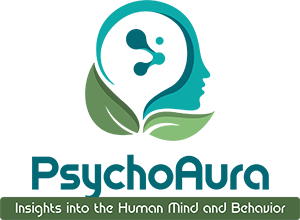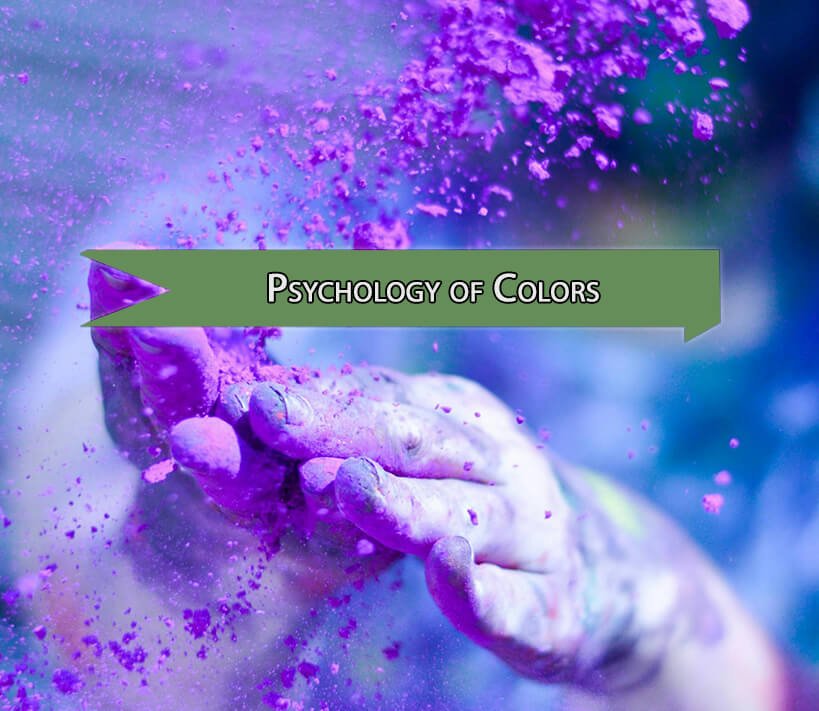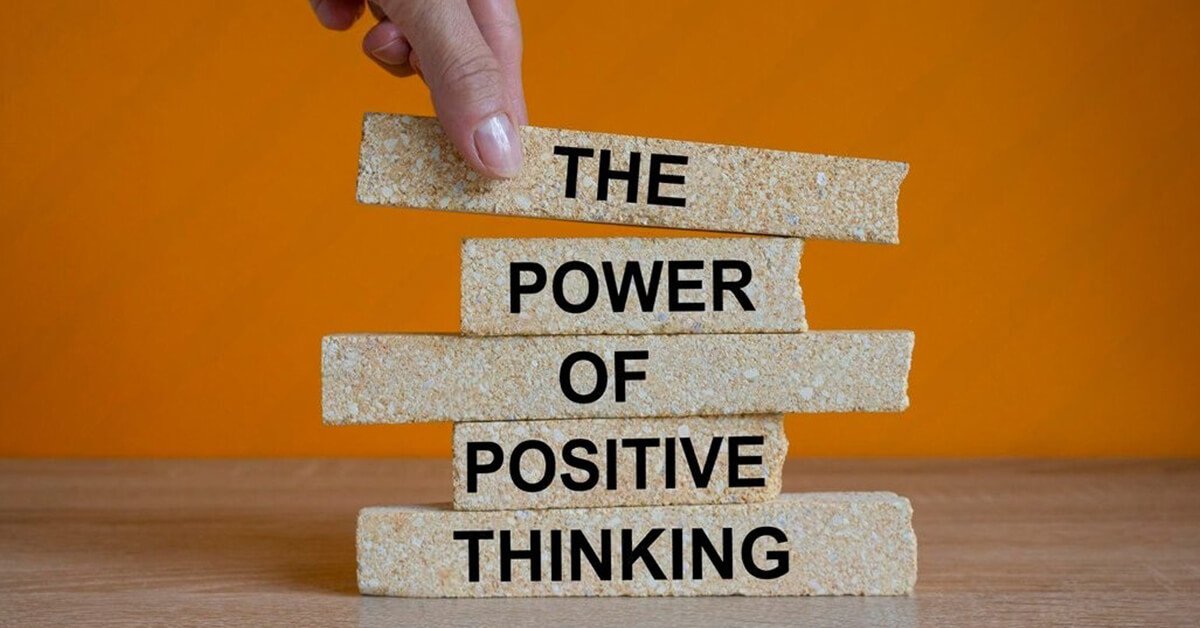Have you ever wondered why your eyes instantly lock onto a bright yellow sign or why blue-themed spaces make you feel calm? It is not just because of aesthetic appeal, it is the power of colour psychology at work. Every color speaks a silent language, influencing how we think, feel, and act, often without us even realising it. The psychology of colors explores how different shades shape human emotions, perceptions, and behaviour. Whether you are designing a brand, decorating a space, or simply deciding what to wear, understanding the psychology of colors, what we call your psychoaura, gives you a unique edge in creating a meaningful impact.
In this blog, we will explore the psychology of different colors.
Red- The Color of Intensity and Impact
Red is the colour that demands attention. It pulses with passion, urgency, and excitement. From the crimson of a rose to a red stop sign, it evokes strong emotions and prompts action. It is no coincidence that red is widely used in fast food logos, clearance sales, and emergency signs. It stimulates appetite, increases heart rate, and creates a sense of urgency. At the same time, red also symbolises love, power, and even anger. Thats why it is commonly used in advertisements, restaurants, sale promotions, and sports teams to leave a bold and lasting impression.
Blue- The Shade of Trust and Calm
The psychology of colors blue exudes calmness, professionalism, and a sense of security. It represents the vastness and dependability of the sky and sea, evoking feelings of peace and stability. Physiologically, blue helps reduce stress while enhancing clarity and concentration. Thats why financial institutions, tech companies, and healthcare brands often rely on it. Blue promotes loyalty and serenity, making customers feel safe and understood. Corporate brands, tech companies, healthcare providers, and office designers often use this colour to create a trustworthy and composed atmosphere.
Gray- The Silent Sophisticate
Grey does not shout, it whispers professionalism and neutrality. It sits quietly between black and white, offering balance, formality, and subtle elegance. In design, grey helps anchor bolder colours. It is reliable and timeless, ideal for environments or brands where calm decision-making is crucial. It is commonly used in Tech, fashion, and corporate branding.
Pink- Compassionate and Calming
Pink carries emotional softness, often associated with love, nurturing, and calmness. It is gentle, but not weak. People use pink to create a sense of care, warmth, and compassion. Light pink often appears in wellness settings and anti-aggression spaces, while bolder shades help brands feel fun and approachable. The beauty industry, mental health advocates, and kindness campaigns frequently choose pink to promote empathy and emotional connection. Its versatility makes it a powerful tool for building trust and spreading positivity.
Black- Power, Sophistication, and Mastery
Black is bold, elegant, and timeless. It symbolises sophistication, strength, and mystery, often used to convey exclusivity and style. It is the go-to for luxury fashion and premium tech products. But black also has emotional depth, too much if it can feel sombre or cold. Used sparingly, it is impactful and chic. It is widely used in fashion, luxury branding, and in technology.
Yellow- The Attention-Grabbing Optimist
Bright, Vibrant, and full of sunshine, yellow symbolises joy, happiness, and positivity. It energises and uplifts the mood. However, like the sun, too much exposure can be overwhelming and may cause restlessness and anxiety. Yellow is ideal for grabbing attention and promoting a youthful and cheerful vibe. Many brands favour it in children products and creative campaigns, but they use it in moderation to prevent overstimulation. Companies often choose yellow for product packaging, youth-oriented items, and call-to-action buttons to grab attention and spark energy.
Green- The Color of Growth and Renewal
People often view green as a natural colour that represents health, balance, and tranquillity. It creates a restorative effect and strongly connects to eco-friendliness and prosperity. Hospitals, wellness programs, and organic brands use green to promote calmness and healing. Whether spotted in leafy greens on a plate or in plants in the workplace, green evokes the refreshing sensation of breathing in fresh air. Businesses in healthcare, sustainability, agriculture, and finance frequently use this colour to reflect growth and stability.
Orange- Vibrant and Social-able
When red passion blends with yellow cheerfulness, it creates orange, a colour that radiates energy and warmth. Orange stands out as the life of the party: bold, playful, and inviting. In marketing, brands use orange to prompt action without triggering the aggression linked to red. It sparks enthusiasm and excitement, making it perfect for brands that want to appear friendly, energetic, and youthful. Marketers commonly use orange in campaigns, sports branding, and social media apps. Its vibrant nature helps promote children products, event promotions, and outdoor gear by conveying creativity, enthusiasm, and a sense of fun.
Purple- Royalty meets Imagination
The colour purple is commonly associated with royalty, luxury, and mystery. It is often used to evoke spirituality and creativity, making it a favourite in the beauty industry, wellness environments, and artistic circles. From soft lavender to deep violet, purple blends the calmness of blue with the intensity of red. This psychology of color often sparks introspection, fuels innovation, and adds a touch of magic. Brands commonly use purple in luxury goods, cosmetic products, and meditation content to evoke sophistication and creativity.
White- The Symbol of Simplicity and Purity
White represents clarity, peace, and simplicity. It provides a clean canvas, often used in healthcare and design, to promote cleanliness, focus, and minimalism. White space in design helps content stand out. Emotionally, it brings a sense of openness and fresh beginnings, like a blank page ready to be filled. Hospitals, minimalist brands, and bridal designers often choose this colour to convey cleanliness, simplicity, and purity.
Conclusion
Colours are not just used to beautify our surroundings, they are perceived by the subconscious, influenced by psychology, and interpreted through emotions. Whether it is the urgency conveyed by red, the trust instilled by blue, or the creativity associated with purple, each hue is assigned its psychological weight. By understanding this silent language, moods can be influenced, brands can be strengthened, and environments can be crafted to resonate deeply with others. So the next time a colour is chosen, be it for a logo, a room, or an outfit, remember that you are not just selecting a shade; you are curating an experience. Let your psychoaura be expressed with intention.




